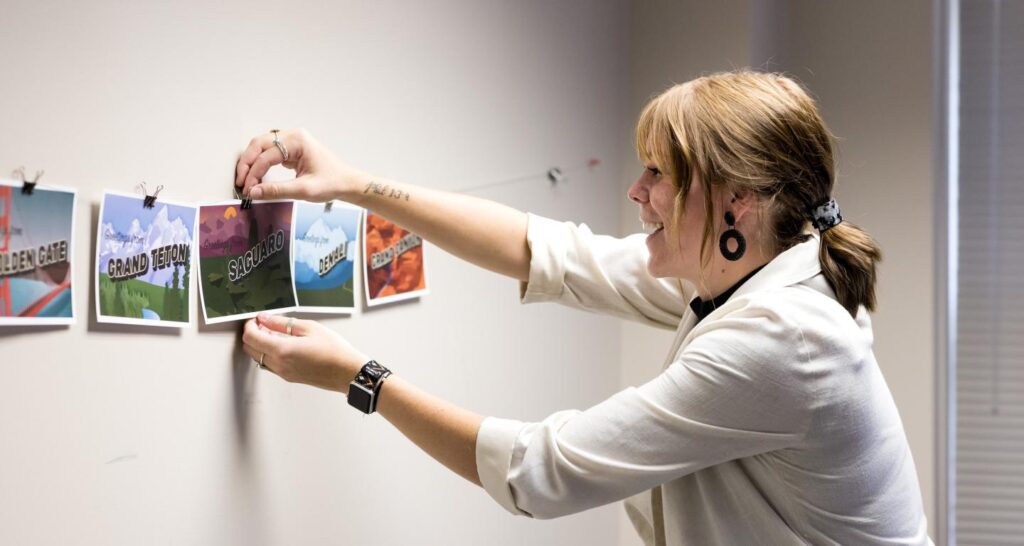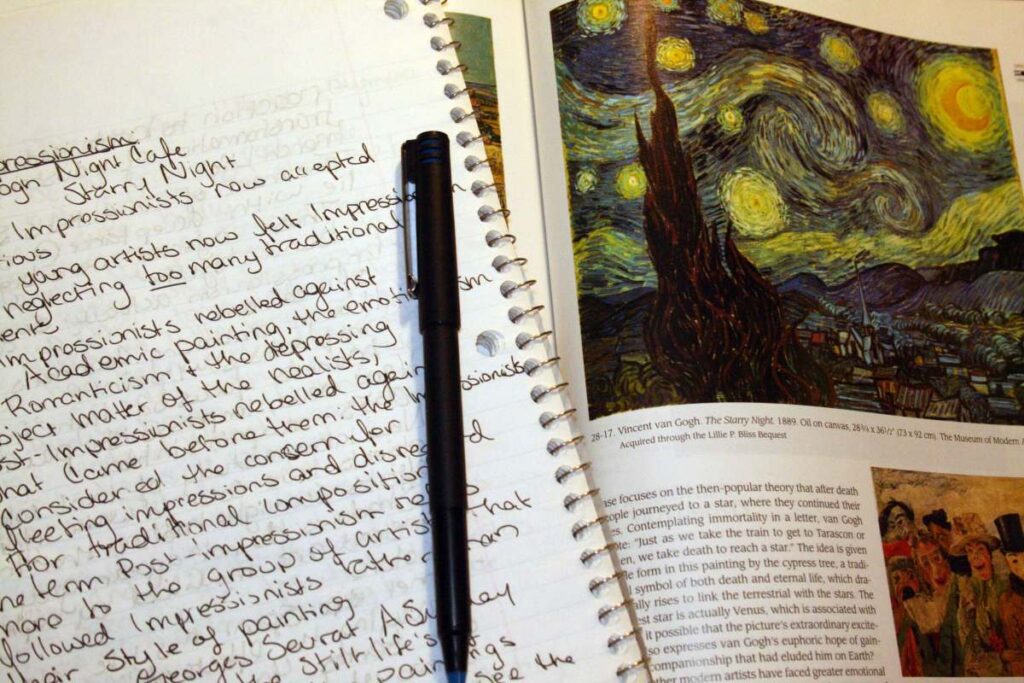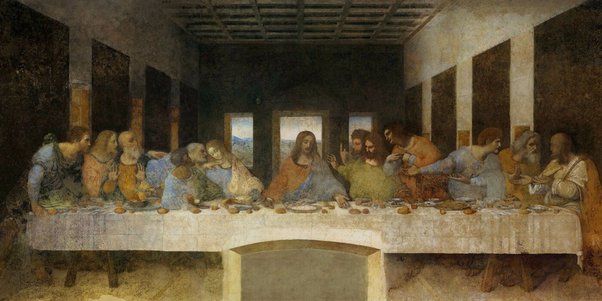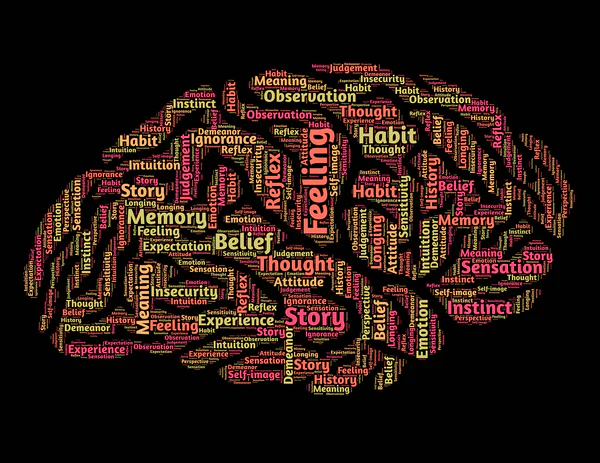Studying art history is like delving into a treasure trove of human creativity and expression, revealing the stories of where we’ve been and how we’ve evolved through the lens of art.
It’s not just about looking at pretty pictures; it’s about understanding our cultural heritage, exploring diverse perspectives, and deciphering the messages hidden within artworks.
By unraveling the threads of history woven into paintings, sculptures, and other artistic forms, we gain insights into our past, present, and future. So why bother with art history?
Well, there are plenty of reasons to dive in and explore this fascinating field.
Let’s uncover some of them together.
What is Art History?

Art history is like a time machine that helps us explore our past through the lens of creativity. It’s all about understanding how art reflects the society, culture, and beliefs of the people who created it.
By studying art from different times and places, we can see how ideas and styles have changed over the years. It’s like peeking into the minds of our ancestors and seeing what they valued and expressed through their art.
What Does It Mean To Study Art History?

Studying art history is like diving into a time machine, but instead of traveling to the past, you explore the world through art. It’s about understanding how artists from different periods saw the world and expressed themselves.
It’s not just about staring at paintings in stuffy museums or memorizing endless facts. It’s about appreciating the beauty and meaning behind each piece. And it’s not just paintings either; it’s everything from sculptures to literature to music.
To study art history, you need to be curious about the past and have a knack for analyzing things deeply. It’s like being a detective, piecing together clues to understand the bigger picture of human creativity and expression. And along the way, you’ll learn about philosophy, language, and society because art is deeply intertwined with all these aspects of life.
Why is Art History Important?

Art history is important for several reasons. First, it helps us develop crucial skills like reading, writing, and speaking critically. By studying art, we learn how to analyze and interpret visual and physical aspects of objects, buildings, and images, which is valuable in understanding communication through visuals.
Through art history, we explore the art and architecture of various cultures throughout history, giving us insight into different societies and their perspectives. Moreover, studying art history teaches us how to make sense of the visually driven world around us. We learn to interpret and understand the messages conveyed through visual information, which is vital in today’s image-centric society.
Art history isn’t just for future art professionals; it benefits individuals pursuing diverse careers. The skills acquired in art history classes, such as critical thinking and cultural understanding, are applicable in fields like business, law, medicine, and international relations.
In essence, art history enriches our understanding of the past, enhances our critical thinking abilities, and equips us with valuable skills for various professional paths.
Reasons Why You Should Study Art History

Studying art history is like taking a fascinating journey through time and culture.
Here’s why it’s worth your while:
- It’s Like Studying Everything at Once: Imagine trying to master anthropology, literature, history, sociology, and more. Art history bundles all of these subjects together. You’ll explore humanity’s story through art, getting a well-rounded education.
- Connecting with the Past: Art history isn’t just about facts; it’s about feeling connected to history. Understanding why certain artworks were created in certain ways helps us step into the shoes of people from the past. For instance, knowing that paintings like Caravaggio’s were meant for dimly lit rooms adds depth to our appreciation.
- Understanding Today’s Visual World: In today’s world, visuals dominate. Knowing art history helps us decode the flood of images around us, from social media to movies. It’s like learning the language of visual communication, which is becoming more and more crucial.
- Learning to Piece Things Together: Art history isn’t just about memorizing dates; it’s about making connections. You’ll learn to weave together information from various fields like science, literature, and society. This skill of integration is super valuable in both work and life.
- Discovering Beauty: In a world sometimes filled with ugliness, art history introduces us to beauty. Seeing countless beautiful artworks can uplift our spirits. And guess what? Science backs this up! Art can actually affect our brain and mood positively, making us see the world in a brighter light.
So, if you’re wondering whether to study art history, remember it’s not just about paintings and sculptures. It’s about unlocking the secrets of humanity and finding beauty in the process.
What Are The Benefits Of Studying Art History?

Studying art history has several perks:
- Enhanced Skills: It’s not just about recognizing a painting; it hones your ability to analyze visuals, think critically, and express yourself well in writing.
- Understanding Your Roots: Art history isn’t just about distant artists; it’s your own heritage. Exploring art helps you connect with your ancestors’ expressions and lifestyles, giving you insight into your culture and traditions.
- Integration: It shows how the past influences the present, tracing the evolution of technology, literature, and even science through art. It teaches you to blend information from various sources to understand the bigger picture.
- Critical Thinking: Engaging with art challenges your mind. You dissect every detail, pondering its meaning and the artist’s intentions, honing your ability to think deeply and critically.
Conclusion
Studying art history is an incredibly enriching journey that doesn’t just teach you about art itself, but provides a deeper look into humanity’s creativity, experiences and cultures over time.
By exploring diverse artistic expressions from different eras, you get to uncover the rich tapestry of the human experience and connect with societies across history.
Art history also builds essential skills like critical thinking, visual analysis and cultural understanding that can benefit you in many professional fields.
Perhaps most importantly, it nurtures an appreciation for beauty and visual communication in today’s image-driven world.
In the end, art history isn’t just about paintings and sculptures – it’s about unraveling the mysteries of what makes us human, fostering connections to our roots, and finding beauty in our shared journey across time and cultures.
If you get the chance, embarking on this eye-opening adventure offers profound insights beyond just knowledge.


Leave a Reply